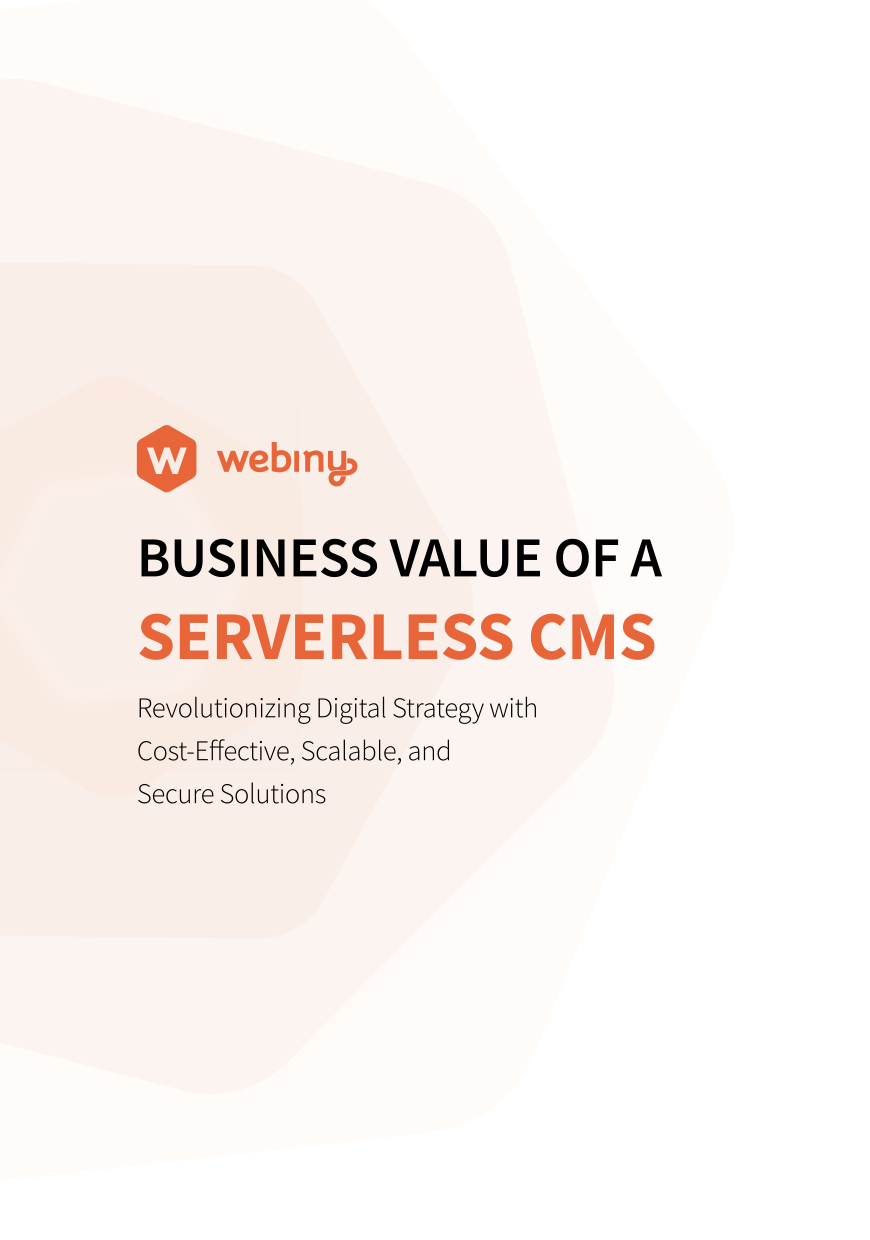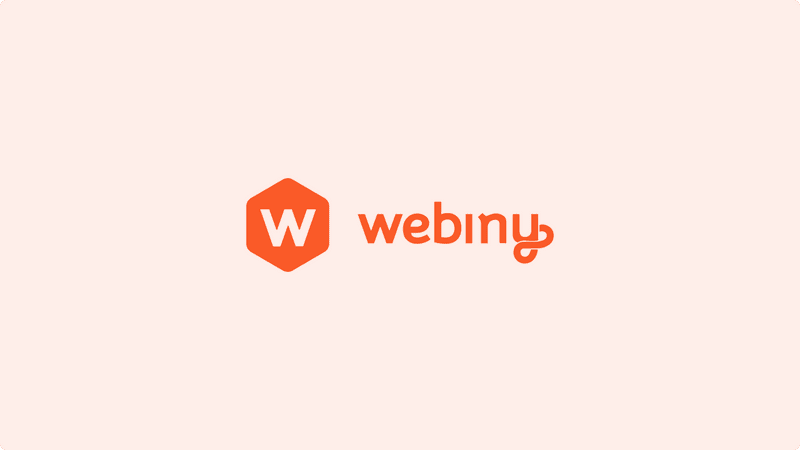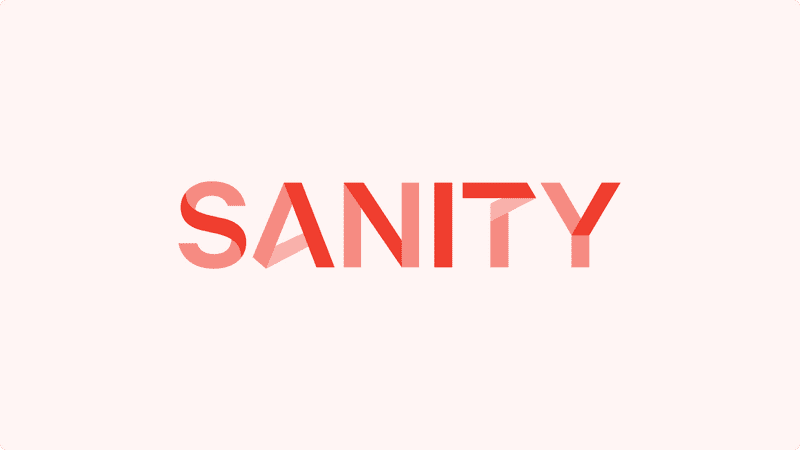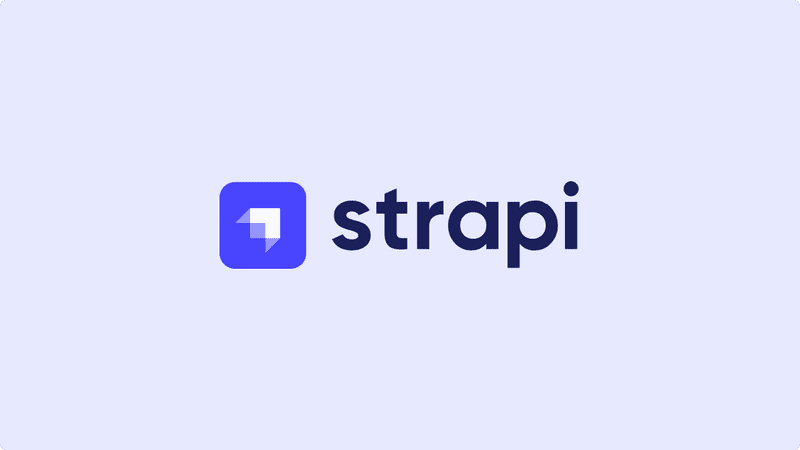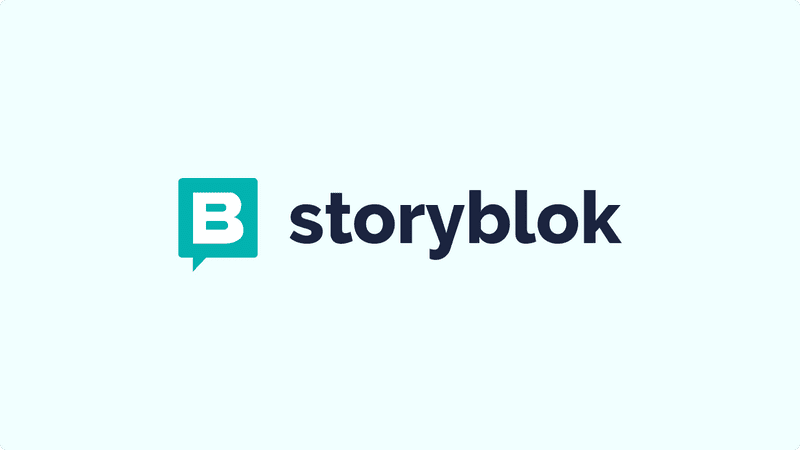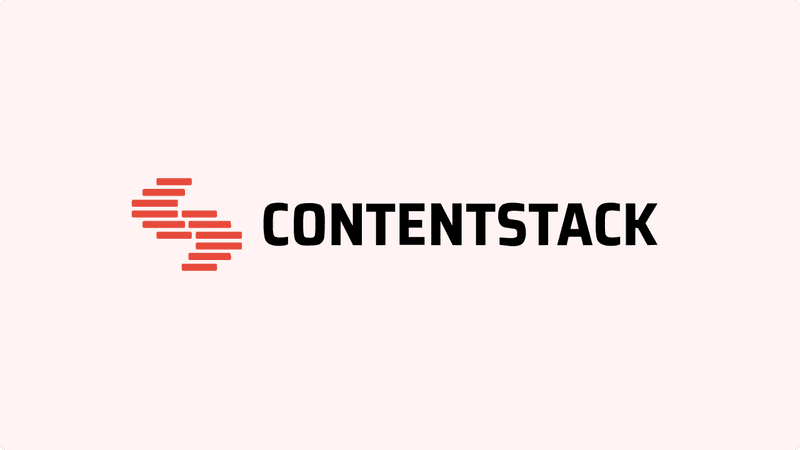Contentful is a cloud-based, fully-managed, headless content management solution (CMS) that fast-tracks the process of building multi-brand, omnichannel content experiences.
Using the Contentful platform, you can create a unified content repository and use it to deliver content across all customer touchpoints. The Contentful Studio is a visual experience builder that simplifies collaboration between different members of a digital team.
Here are some additional Contentful features:
- Spaces and organization: Contentful gives users the flexibility to organize their content in a granular manner through the concepts of organizations and spaces. An organization is a top-level entity that can encompass multiple spaces. Conversely, a space represents a segregated workspace that houses the content and assets of a particular project or initiative.
- Visual modeler: The visual modeler is an intuitive dashboard designed to enhance the content modeling process. With this tool, you can visualize your entire content model, add references between content types, create new content types (both manually and via AI), and define new fields to existing content types.
- Multi-region delivery infrastructure (MRDI): The platform is built upon a proprietary architecture known as the multi-region delivery infrastructure (MRDI). MRDI is a multi-zone AWS setup that delivers high levels of scalability and fault tolerance.
- Collaboration-first: Contentful comes with a built-in presence indicator, versioning, and rollbacks to enable digital teams to collaborate in a shared workspace, conflict-free.
- Mature ecosystem: On the Contentful marketplace, you will find several apps and integrations for analytics, artificial intelligence, developer productivity, marketing, optimization, and more.
Why Look for Contentful Alternatives?
Contentful is undoubtedly a reliable headless CMS, but it does have certain limitations. Let’s discuss some of its constraints that prompt users to explore alternatives:
Cost Considerations
Contentful’s licensing costs can be prohibitive for certain businesses. The Basic package costs $300/month and only includes 20 users, 1 space license, 4 roles, and 4 locales. It also enforces a 1000 MB limit on asset uploads.
The Enterprise package allows you to customize the number of users, spaces, roles, and more, but its cost often exceeds the budget of smaller or medium-sized companies.
Complexity and Resource Requirements
Both the Contentful Studio and platform can pose a learning curve for users without prior experience with headless CMS platforms. After you sign up, the welcome dashboard and the Content and Media sections don’t do a good job of providing clear guidance on getting started or navigating the platform’s features, especially if you choose not to start with a template.
Flexibility and Scalability
Given Contentful's proprietary nature, some businesses face challenges with its adaptability and scalability. For example, as a cloud-based service, Contentful does not offer the option for self-hosting, let alone an architecture that automatically scales to accommodate fluctuating workflows.
Specific Business Needs
There’s no way to customize the Contentful platform to align with your unique business needs. For example, you can’t optimize the data storage layer, extend the API, or tweak the UI. In contrast, open-source headless CMSs, like Webiny, inherently offer these capabilities.
Key Considerations When Choosing an Alternative
While searching for flexible alternatives to Contentful, use the following factors to make an informed choice for your organization.
Cost-Effectiveness
Look beyond the initial licensing or subscription fees to consider costs related to deployment, implementation, customization, integrations, support plans, and ongoing maintenance. This will help you make a financially prudent call. Also, assess the potential ROI of incorporating the Contentful alternative into your workflows if possible.
Ease of Use and Learning Curve
The platform should offer a user-friendly experience that doesn't require extensive technical expertise from any team member. Marketers, for example, should have a sleek and intuitive interface for defining reusable components. Developers should find it easy to integrate with the platform using their preferred frontend framework or programming language.
Customization and Flexibility
Go for a Contentful alternative that marries ease of use with boundless customizability. Ideally, you should be searching for a battle-tested open-source CMS, like Webiny, which enables you to customize any aspect of the platform through its accessible source code.
Integration Capabilities
Evaluate the interoperability of the Contentful alternatives you are considering. Do they have plugins and integrations available on their marketplace? Will they seamlessly integrate with other tools and services in your ecosystem? Do they have a plugin- or module-based architecture that enables seamless extensibility?
It’s important to prioritize API-first platforms, which are interoperable by design.
Support and Community
Lastly, consider the availability and responsiveness of the customer support offered by the Contentful alternative. Search for vendors that have live chat, email, phone, and ticket-based support options, extensive documentation, active forums, help center resources, and (if applicable) dedicated account management with SLA tracking.
Categories of Alternatives
Before we share our top 5 Contentful alternatives, let’s quickly go through the categories of alternatives available in the market today.
Open Source CMS Alternatives
Open-source CMSs, like Webiny and Strapi, provide endless customization capabilities and ongoing support from active communities.
Cloud-Based CMS Platforms
Cloud-based CMS platforms, like Sanity and Storyblok, offer the scalability of the cloud but can sometimes limit customizability.
Enterprise-Level CMS Solutions
Enterprise-grade solutions, like Webiny and Contentstack, are purpose-built to meet the complex needs of large organizations that deal with high volumes of data.
Specialized Content Management Systems
Specialized content management systems, like Shopify for e-commerce and Document360 for documentation, focus on addressing the specific needs of particular industries or use cases.
Digital Experience Platforms
Digital experience platforms, like the Adobe Experience Manager and Liferay DXP, unify content management, marketing automation, digital asset management, and other similar functionalities.
Top 5 Alternatives to Contentful
Now, let’s turn our attention to the 5 most viable Contentful alternatives that you should consider for your business:
Webiny
Webiny is an enterprise-grade, cloud-based, and open-source headless CMS that you can deploy on your own terms inside your own AWS account. It includes all the features that are present in Contentful, such as visual experience building, built-in localization, version control, role-based access control, publishing workflows, and more.
However, Webiny goes beyond simple parity by offering these standout functionalities:
- Serverless-powered scalability: The platform leverages the serverless services on your AWS environment to build an auto-scalable infrastructure that requires no manual maintenance or provisioning. Contentful doesn’t offer the same flexibility or scalability despite costing much more.
- Native multi-tenancy: Webiny supports robust multi-tenancy by default, allowing users to manage multiple projects or clients within a single instance. Spaces and organizations in Contentful are no match for this Webiny offering.
- Infrastructure as Code (IaC): With Webiny, you get full programmatic control over your infrastructure through Pulumi IaC.
- Limitless customizability: As Webiny is a fully open-source platform, your developers can tweak any core functionality to align with unique business use cases. Contentful, as mentioned earlier, is fully closed-source.
- Powerful CLI: Webiny also features a powerful, developer-friendly CLI that makes it a breeze to manage multiple environments.
Webiny caters to businesses across various scales. Individual users and small businesses can benefit from a free starting point, while larger enterprises can go with the Enterprise package, featuring SLA support and advanced compliance features. Moreover, there’s also a mid-tier plan (known as Business) priced at $9/user/month that’s geared toward growing businesses.
Weaknesses
Webiny doesn’t offer deployment support to customers in its free or mid-tier plans.
Sanity
Sanity is a composable content cloud platform that has three main components: content lake, a fully-managed document store; APIs for integrations; and Sanity Studio, an independently deployable application for marketers and content creators.
Here are some useful Sanity features:
- Precise querying: GROQ, Sanity’s proprietary query language, allows your developers to query JSON documents with a high degree of precision.
- Open-source studio: The Sanity Studio is an open-source, single-page application (SPA) that developers can customize to achieve specific business use cases.
- Mature marketplace: Sanity boasts a mature marketplace where you can find extensions for publishing, content enrichment, localization, and e-commerce.
- Collaborative editing: On the Sanity Studio, your marketers, editors, and content creators can collaborate in real time.
Individuals and freelancers can get started for free with Sanity, while small-to-medium businesses have the option to select the mid-tier plan (known as Growth) priced at $15 per user per month. The Enterprise package is a good fit for large organizations that need uptime SLA with dedicated support and feature customization.
Weaknesses
- GROQ, while powerful, can be hard to learn for beginners.
- Per-user pricing is on the expensive side.
- Dedicated support is not available to free or mid-tier plan customers.
Strapi
Strapi is an open-source Node.js-based CMS that can be deployed in your own environment, as well as the fully managed Strapi Cloud. Like Contentful, Strapi comes with both RESTful and GraphQL API support, a visual content type builder, e-commerce and omnichannel support, and multi-framework support.
Here are some key Strapi features:
- Multi-cloud support: In addition to self-hosting and Strapi cloud options, it’s also possible to deploy Strapi on popular public cloud platforms, like AWS and Azure.
- Multi-database support: Strapi is compatible with several database platforms, including MySQL, MariaDB, and PostgreSQL.
- Open-source: Your developers can adapt or rewrite any aspect of the platform, including the APIs and data storage.
- Role-based access control: You can limit access to the CMS platform for users based on their roles.
For people looking to self-host, Strapi offers two plans: a Free plan that caters to individuals and startups and an Enterprise plan with custom pricing for large organizations. For cloud-preferring customers, Strapi provides a Pro plan priced at $99/month and a Team plan that costs $499/month.
Weaknesses
- No free plan in the cloud category, which means you can’t get started for completely free if you don’t already have reliable hosting.
- The top-tier plan within the cloud category provides only 20 seats and does not include SLA support.
Storyblok
Storyblok is a fully managed, cloud-native headless CMS that is powering businesses across different industries, including e-commerce, transportation, finance, and software. Like Contentful, and unlike Webiny and Strapi, Storyblok can’t be self-hosted.
Here are some highlights of the Storyblok platform that you should know:
- Collaborative content creation: Built-in collaboration and editing tools make it easy for multiple people to contribute in a shared workspace.
- Create your own plugin: Despite being closed-source, Storyblok gives you a way to create and install custom plugins.
- Visual experience building: Storyblok comes with aesthetically pleasing visual editing tools and drag-and-drop components.
- App store: The platform also features an extensive app store where you can find extensions for release management, collaboration, commerce, and other functionalities.
Storyblok has a flexible pricing model with five plans:
- Free, which includes a single user and is completely free
- Entry, which costs €99/month and targets small businesses
- Business, geared towards medium-sized businesses and priced at €849/month
- Enterprise, which has a price tag of €3299/month and is suitable for large organizations
- Enterprise plus, offers customized pricing for enterprises with unique needs.
Weaknesses
- Steep per-seat pricing across all plans. For example, the Business plan includes only 20 seats, making the per-seat price €42.45.
Contentstack
Contentstack emerges as one of a few leading headless CMSs, compatible with major cloud environments like Microsoft Azure and AWS. As a cloud-native SaaS platform, it leverages a microservices architecture, efficient load balancing, and a global CDN to deliver strong performance and scalability.
Here are some highlights of the Contentstack platform that you should be aware of:
- Taxonomies for Organized Content: Contentstack introduces taxonomies to simplify content classification and organization. This feature enables hierarchical structuring or relational mapping for a well-organized content repository, enhancing navigability and search efficiency.
- Branches for Project-specific Configurations: The platform's "branches" feature allows for the creation of content stack copies. Each branch can have its own content models, languages, assets, and configurations, catering to the unique needs of individual projects.
Contentstack's pricing model includes three paid packages and a free trial, addressing the needs of businesses of all sizes. It is important to note that all packages come with bandwidth limitations, and unrestricted API calls and storage are exclusive to the highest-tier package. You'll need to contact their sales team to find out more as they don't advertise package costs on their website.
Weaknesses
While Contentstack offers robust features and flexibility, potential users should consider the bandwidth limitations and API call restrictions in lower-tier packages. These factors could influence scalability and operational capacity for growing businesses.
To find out more about Contentstack, take a look at the following guides:
How to Decide the Best Alternative for Your Business
To ensure you make the best choice for your organization from the top Contentful alternatives listed above, follow this checklist:
Assess Your Unique Needs
Start by clearly defining your goals and aspirations. Next, assess how well each platform aligns with these objectives. For example, if you want automatic, limitless scalability for your content infrastructure, then Webiny would be a compelling choice.
Evaluate the Total Cost of Ownership
As mentioned earlier, remember to consider the total cost of ownership while choosing a Contentful alternative. This will include costs related to deployment, setup, training, security, and maintenance.
If you are looking for enterprise-grade performance with the least TCO, then Webiny could be a great fit. Its serverless architecture is very cost-effective compared to traditional VM-based deployments.
Consider the Preferences and Skill Sets of Your Team
Take into account the preferences and skill sets of the people who will be using the CMS. Go for a product that streamlines the process of omnichannel experience design for both technical and non-technical personnel.
For example, if your team is already familiar with the HubSpot ecosystem, then the HubSpot CMS can work well for you. However, bear in mind that HubSpot CMS doesn’t offer robust headless capabilities.
Keep in Mind Long-Term Scalability and Support
Contentful is a highly scalable platform, so when looking for an alternative, prioritize scalability that matches or surpasses Contentful’s capabilities. For example, Webiny goes beyond basic scalability by offering on-demand scalability through its serverless infrastructure.
Contentful Alternatives Summary
Contentful is a popular headless CMS that offers several features to streamline content management. However, its steep pricing, limited customizability, and lack of self-hosting options prompt users to seek alternatives. If you find yourself in the same situation, we hope this guide has been beneficial.
Remember, to choose the best Contentful alternative for your organization, you must consider the checklist and factors discussed above. Go beyond feature lists and price tags to assess security, flexibility, interoperability, ease of use, level of support, and other important aspects.
For more in-depth Contentful comparisons, check out the articles below:
